Dr. BR Ambedkar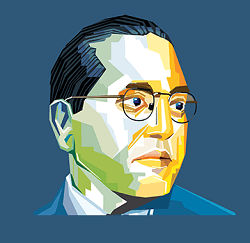
In this article, we will discuss the biography of the very first Justice Minister of independent India, who is also regarded as the author of the Indian Constitution. He is renowned as the savior for the lower caste. He committed his entire life to advancing India's Lower castes and weaker sections so that they would not face any inconvenience form the upper section. The identity that Dalits hold in today's society is a result of the struggle he has done. Thus, in this article, we will discuss more aspects of his life. Early Life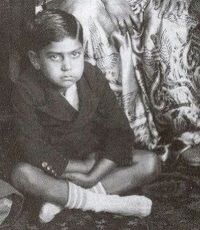
On April 14, 1891, Dr. Bhim Rao Ambedkar, the remarkable leader who later brought the most needed constitution into the role for smooth conducting of the country's activities, was born in Madhya Pradesh as the 14th child in his family. It is said that he has been talented since his birth. Bhimrao Ambedkar was born into the Mahar caste, which was perceived as untouchable and of the lower section. As a consequence, his youth was stuffed with difficulties. All members of the lower castes, including Ambedkar, faced isolation, embarrassment, and prejudice from people belonging to the upper section. Even in school, he was discriminated against by his teachers. He was not even allowed to touch the water container. The peon of school used to bring water for him, and if, anyway, the peon remained absent, he was denied access to water. And thus, this discrimination led him to think about it, and he followed his instinct and created history. Education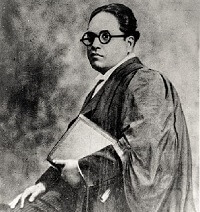
After clearing his 10th in 1907, Ambedkar continued his education further, and, in 1912, he completed his graduation. Between 1913 and 1915, he wrote a thesis on ancient Indian trading. Ambedkar continued his education, and in 1915, he did his post-graduate in economics from Columbia University. In 1917, he also received his doctorate. In 1917, he went to the London School of Economics. However, due to a shortage of funds, he was unable to finish his degree for a while, but after some time, he again moved to London and finished his degree from the same college. Ambedkar was an expert on almost 64 subjects; he knew 9 languages and had studied all of the world's faiths. And thus, he is considered the most educated leader and philosopher of his era. Married Life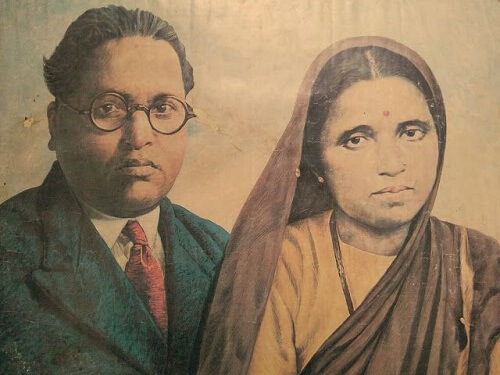
Doctor Bhimrao Ambedkar, the so-called Savior for the Dalits, married Ramabai Ambedkar in the year 1906. After that, they had a son named Yashwant. He again got married because, unfortunately, Ramabai expired in 1935 after a long-drawn incurable disease. After done with the drafting part of the Indian Constitution, Dr. Bhimrao Ambedkar became ill with a variety of symptoms, which caused him to be unable to sleep well at night, he also had severe pain in his legs, and his diabetic issues also got worsen that led him to take the insulin. Thus, he traveled to Bombay (now Mumbai) for medication, wherein he interacted with Sharda Kabir, a Brahman (a caste) doctor. Following this, they both married in the year 1948. After her marriage, Dr. Sharda also changed her surname and thus started being called Savita Ambedkar. As a striving Social Reformer
After perceiving so many imbalances throughout his career, Dr. B. R. Ambedkar took on the responsibility of social changes and thus formed the All-India Classes Association. He was an enthusiastic supporter of social reform, forming his association. He tried to reform all the previous imbalances he went through, like the practice of untouchability, not allowing the lower section to enter temples, and many other discriminations. Unfortunately, due to British domination, it wasn't easy. The British leaders were worried that this group, the conservative and rigid classes, would turn against them for sure. Even though he did not stop, he kept supporting the lower section. Thus, in the 1920s, he clearly stated in a speech in Bombay that wherever his personal preferences and the preferences of the country conflict, he will give preference to the country, but whenever the preferences of the lower section and the interests of the country conflict, he will give preference to the lower section. And from there onward, he became the savior for the Dalits. And thus, he stood upto their expectations and fought till his last breath to ensure that the lower section got respected. He also led several non-violence strikes during the 1920s. Ambedkar with Mahatma Gandhi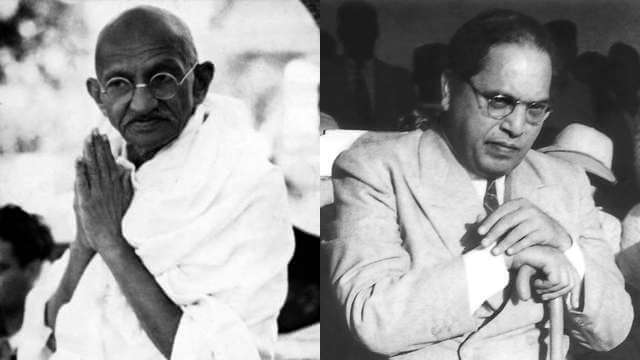
Even Though, after collaborative talks, Mahatma Gandhi and B.R Ambedkar decided to agree on a roadmap in the Pune Pact of 1932. In 1945, Ambedkar prepared a report entitled "What Congress and Gandhi have done to the Untouchables," He questioned Mahatma Gandhi's allegation that he favored the Hari people. Political Career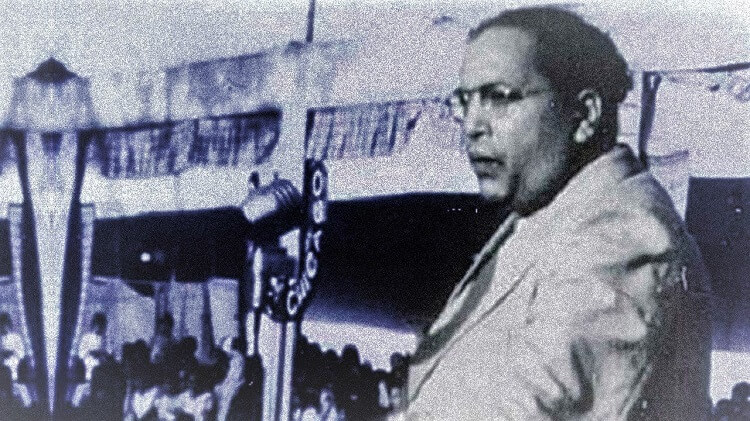
In 1936, Ambedkar formed the Independent Labor Party. His party got 15 seats in the 1937 Central Assembly polls. In the same year, 1937, Ambedkar launched his book 'The Annihilation of Caste,' He fiercely criticized Hinduism devout leaders and criticized the nation's caste structure. Subsequently, he wrote and published another book titled 'Who were the Shudras?' inside which he outlined how the lower sections came and now getting the treat. He renamed his political party (Independent Labor Party) to All India Scheduled Caste Party on August 15, 1947, after India gained independence from British control. However, Ambedkar's party did not fare well in the 1946 elections for India's Constituent Assembly. Following this, the Congress and Mahatma Gandhi subtitled the downtrodden as Harijans. And thus, all the lower section individuals were started being called Harijan. Still, Ambedkar, who was stable with his aims to eliminate the untouchability from Indian culture, was not happy with this statement of Gandhi. Thus several disputes were seen among them after that. B R Ambedkar was after that assigned to the Viceroy's Governing Board as Labor Minister and Defense Consultant. Later, he became the first Law Minister of independent India due to his sacrifice, efforts, and commitment. Constitution of India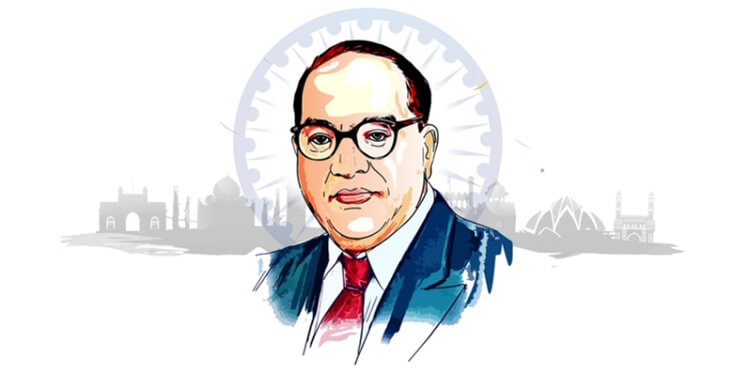
Ambedkar highlighted the importance of creating a true bridge across all parts of society. According to B.R. Ambedkar, if the imbalances among various country sections are not bridged, it'll be impossible to maintain the nation's unity. And thus, his primary aim in writing the constitution was to eliminate caste prejudice and untouchability inside the country and bring a social revolution by establishing an untouchable free society and granting equality to all. He also focused on religion, gender, and caste equality. On August 29, 1947, Dr. Ambedkar was named Chairman of the Constitutional Drafting Committee. Ambedkar also managed to win the consent of the Legislative Assembly for quotas for citizens of the Scheduled Castes and Scheduled Tribes in education, government positions, and public service. Acceptance Of Buddhism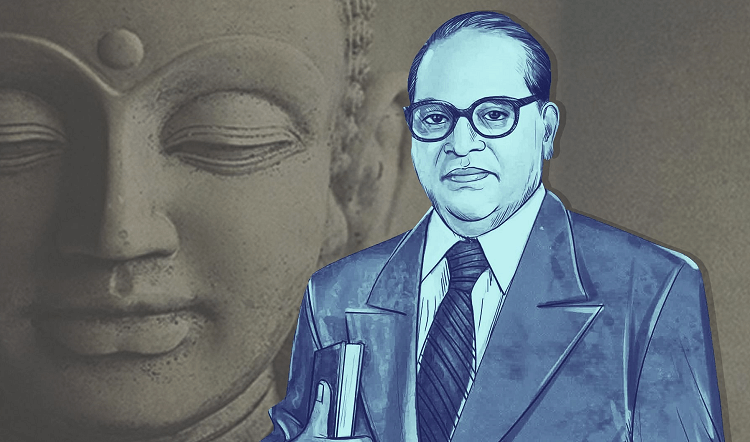
In 1950, B R Ambedkar traveled to Sri Lanka to participate in an intellectual gathering. He was an outspoken opponent of Hindu religious rituals and a vocal opponent of caste segregation. And at the end, he got so affected by Buddhist beliefs that led him to accept Buddhism. When he returned to India, he also wrote several Buddhist scriptures. Dr. Bhimrao Ambedkar traveled to Kathmandu for the 4th World Buddhist Conference. B.R. Ambedkar also held a mass gathering on October 14, 1956, during which he attracted nearly 5 lakhs of his supporters to choose Buddhism. He finished his final work, "Buddha or Karl Marx," published after his death on December 2, 1956. Why Ambedkar Jayanti?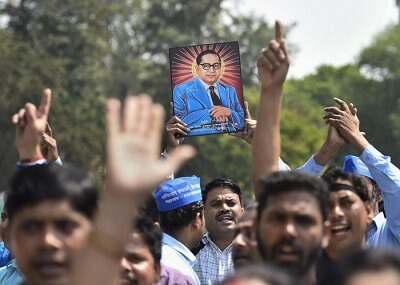
The memorial of Dr. B.R Ambedkar was created to honor his commitment to human rights and the betterment of the lower section. In addition, his birth anniversary is commemorated on April 14 every year as Ambedkar Jayanti. This day is declared a national holiday too. Ambedkar Jayanti is also known as Bhim Jayanti. That surely indicates he is still remembered for his significant contribution to the country by his fellow citizens. Monuments, Awards, and Achievements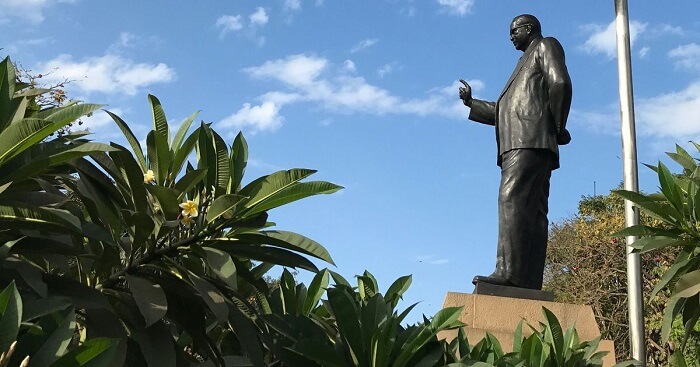
Few Other Facts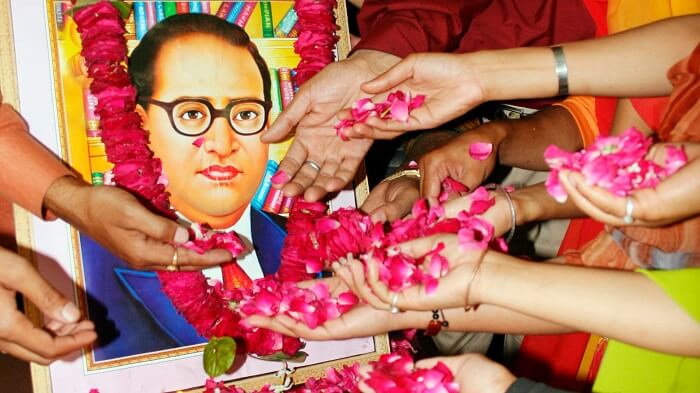
B R Ambedkar's DeathDr. Ambedkar was very worried about his worsening health between the years 1954 and 1955 when he was diagnosed with diabetes, blurry visual acuity, and a variety of other disorders, all of which were causing his health to be at risk. Due to his deteriorating health, he died on 6th December 1956. ConclusionDr. Bhimrao Ambedkar is appreciated for his numerous contributions to humanity. He struggled a lot for the rights of Dalits at a period when Dalits were humiliated by being treated as untouchables. He had to undergo embarrassment several times, but he never left courage behind. Instead, he became even bolder and contributed considerably to the nation's socio-economic advancement. And thus, for all he did, he will be remembered forever.
Next TopicHelen Keller
|
 For Videos Join Our Youtube Channel: Join Now
For Videos Join Our Youtube Channel: Join Now
Feedback
- Send your Feedback to [email protected]
Help Others, Please Share









